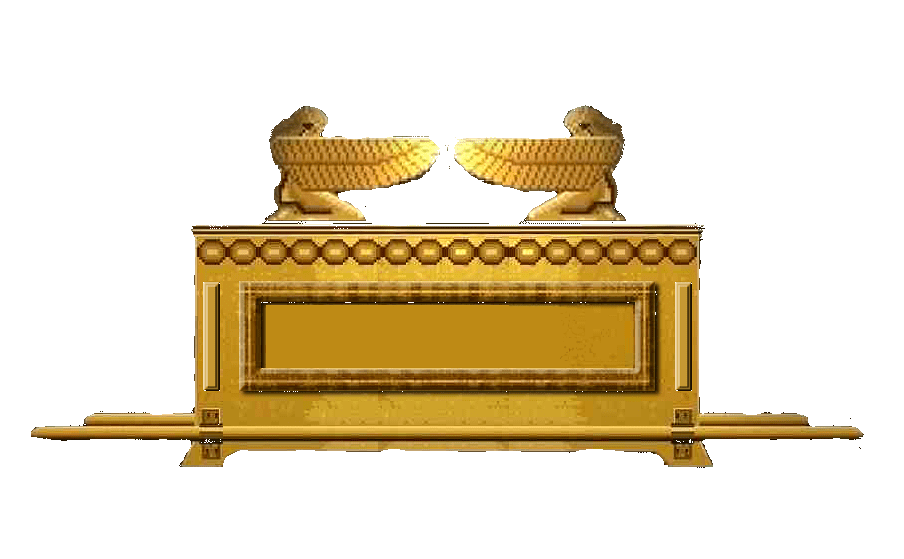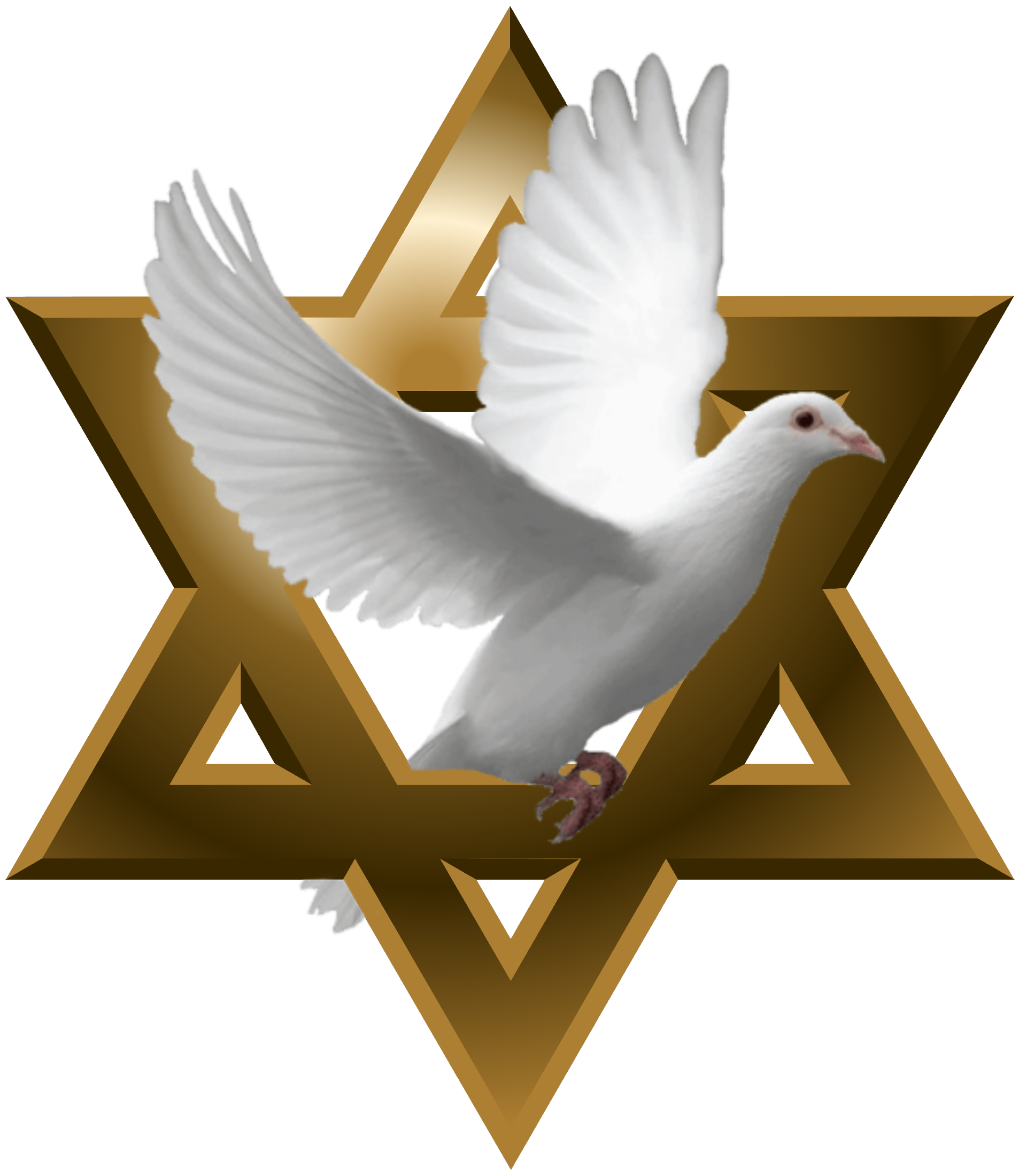TABERNACLE TIMES
THE TABERNACLE IN BRANSON'S MONTHLY NEWSLETTER
THE HIGH HOLY DAYS
September 2019 | Elul 5779 - Tishrei 5780 | Volume 14 Issue 9
Celebrating the Holy One’s feast days are always an exciting time of the year. This month we have the opportunity to rejoice and observe Rosh Hashanah. This month we have put together some interesting facts about Rosh Hashanah that you may or may not be familiar with. Enjoy!
Heads up!
Rosh Hashanah does not mean “Happy New Year” but means “Head of the Year”. Just like the head is the source of the life force of a person which delegates function to each organ of the body, so also is Rosh Hashanah. Within this Holy day is the “life force” for the upcoming year. We should be encouraged to use every moment of the two days of Rosh Hashanah in a positive way to set the precedent for this upcoming new year.
Blow the Shofar!
The central observance of Rosh Hashanah is listening to the blowing of the shofar (rams horn). Tradition is to hear a total of 100 blasts. These are considered cries of compassion and mercy in the hope of opening closed hearts and turning them toward repentance.
Silent Shabbat
When Rosh Hashanah coincides with Shabbat the shofar is typically not blown. The Sages enacted this because on Shabbat, according to the Talmud, “all are under the obligation to blow the shofar, but not all are skilled in the blowing of the shofar. Therefore, here is the danger, that one will take the shofar to an expert to learn, and he will carry it four cubits in the public domain (an act that is forbidden on Shabbat”. The Sabbath day is to be a delight—even to the Holy One—so there is no need to renew it with the blast of the shofar.
Twice as Nice!
Rosh Hashanah is celebrated for two days!
Candlelight Meals
Rosh Hashanah meals are to be eaten in the joyous glow of candles just like on the Sabbath.
Round Rolls
On Rosh Hashanah, tradition is to start the festivities with two loaves of round challah sweetened with raisins to demonstrate a wish for a sweet new year. To add sweetness to our wish some dip the challah in honey before taking the first bite. The round challah signifies the cycle of life and the crown with which we coronate the Holy One every year. This month’s newsletter contains a special recipe from the Tabernacle’s Rebbetzin, Brenda Storch, a Balsamic Apple Date Stuffed Challah.
Sweets for the Sweet
Rosh Hashanah meals include a number of sweet delicacies that express our prayerful wishes for the year. The most common are apples and honey. The apple symbolizes the Garden of Eden, which, according to the Midrash, had the scent of an apple orchard.
Head and not the Tail
It is customary to sample a morsel from the head of a fish on Rosh Hashanah. This custom symbolizes our wish to be “a head and not a tail”. This is important within our government and our family. Being a leader with vision and purpose rather than following our lower instincts of self-indulgence. The Holy One is our source of absolute truth and when we forget this, our authority is weakened.
Seed Count
Many people eat pomegranates on Rosh Hashanah, demonstrating their wish for as many merits as the pomegranate has seeds. It is commonly said that the pomegranate has 613 seeds, corresponding to the 613 mitzvot in the Torah.
Greetings
The traditional Rosh Hashanah greeting is “shanah tovah”, which means “good year”.
A Day to Pray
The Rosh Hashanah morning services are particularly long, mostly due to the extra liturgy inserted into the Amidah. Much of it is poetic in style. The Talmud tells that the nine blessings recited correspond to the nine times that Hannah mentioned the Holy One’s name in the prayer of gratitude she said on Rosh Hashanah following the birth of her son Samuel.
Birth and (Near) Death
During the two days of Rosh Hashanah we read about the life of Isaac. On the first day we read about the Holy One granting Sarah’s wish and blessing her with a son, Isaac. On the second day we read about how Abraham almost sacrificed his son, Isaac, on an altar.
Cast Away Sin
On the first afternoon of Rosh Hashanah (except if it falls on Shabbat), it is customary to walk to a body of water and recite a special prayer, symbolically casting our sins into the waters. The waterside ceremony is called “tashlich”.
No Napping
Even though napping on Shabbat is considered a virtuous way to celebrated the day of rest, on Rosh Hashanah we are to make a point of not napping (and some people even stay awake all night), not wasting a precious moment on something as trivial as shut eye. The Talmud states that if one sleeps at the beginning of the year—i.e., on Rosh Hashanah—his good fortune also sleeps. On Rosh Hashanah every single creature passes before the Holy One in judgement. It is not a sad day, but instead one of quiet confidence and optimism. The Holy One created every creature and continues to sustain us. He obviously believes we have something to accomplish on His earth. If the Holy One believes in us, so should we. Here’s to wishing you a “shanah tovah”, a good and sweet year!

